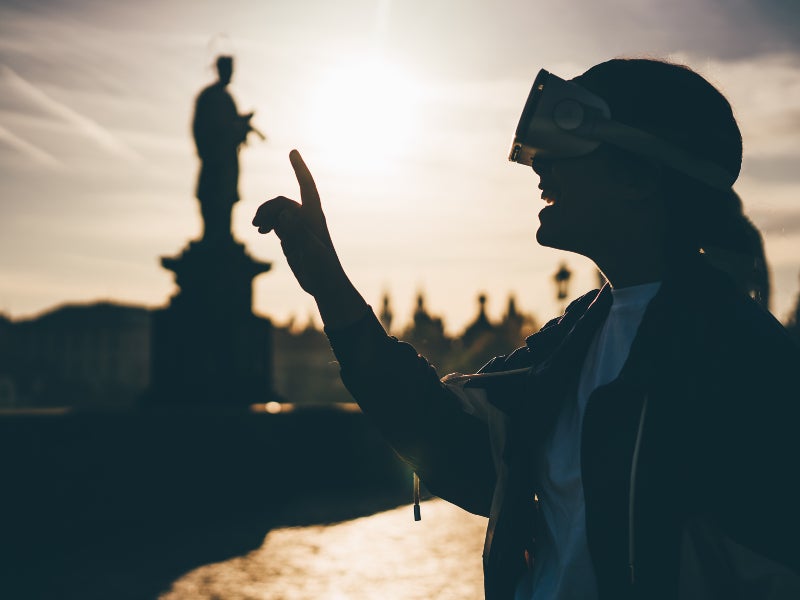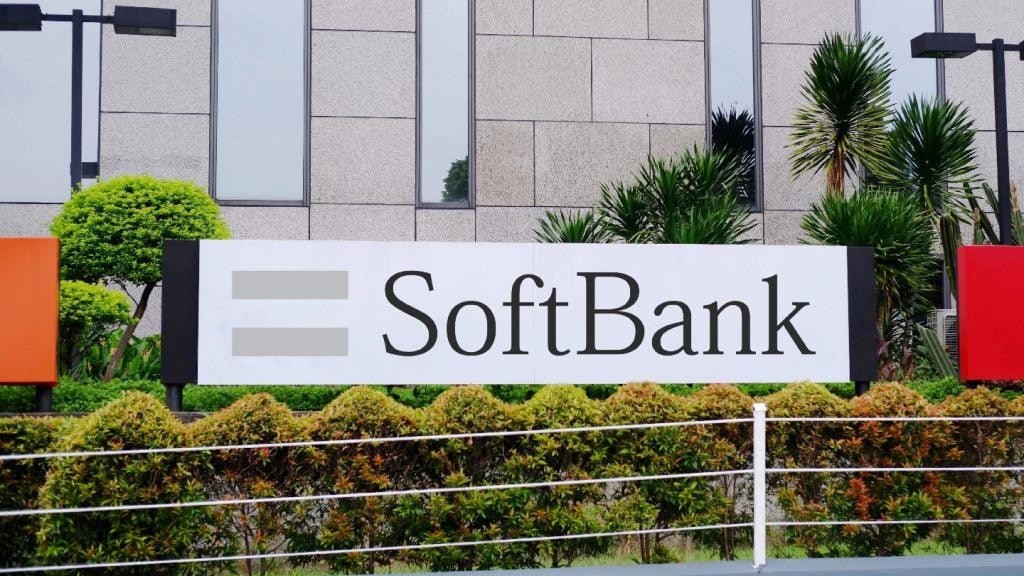The first head-mounted display system, The Sword of Damocles, was invented in 1968, while the term “augmented reality” was initially coined by Thomas P. Caudell in the 1990s. By the end of that decade, AR was used for field navigation by NASA. Development of contemporary AR was largely propelled by the arrival of Microsoft Kinect (in 2010), and Google Glass (2013), but Pokémon Go (2016) brought AR to the attention of the general public.
Listed below are the major milestones in the augmented reality theme, as identified by GlobalData.
1968 – The first HMD, The Sword of Damocles, was created.
1975 – Myron Krueger established an artificial reality lab called the Videoplace.
1990 – Former Boeing researcher Thomas P Caudell coined the term “augmented reality”.
1992 – The US Air Force’s Research Lab developed a fully immersive AR system.

US Tariffs are shifting - will you react or anticipate?
Don’t let policy changes catch you off guard. Stay proactive with real-time data and expert analysis.
By GlobalData1994 – Julie Martin presents the first AR theater production, ‘Dancing in Cyberspace’.
1998 – NASA’s X-38 spacecraft used AR in practical field navigation.
2000 – Outdoor mobile AR game ARQuake was created.
2005 – Nokia introduced AR-based two-player game AR Tennis.
2008 – BMW ran AR-based print advertisements.
2009 – ARToolkit (a web-based design tool) was made available in Adobe Flash.
2010 – Microsoft introduced the Kinect motion sensing input devices.
2013 – Automotive company VW launched MARTA, an AR service support system.
2013 – Google started selling a prototype of Google Glass.
2014 – Google launched Tango, an AR computing platform.
2015 – Microsoft announced its HoloLens headset, which went on sale the following year.
2016 – Niantic and Nintendo launched Pokémon Go.
2016 – Snap unveiled its smartglasses, known as Spectacles.
2017 – Apple introduced the ARKit SDK for iOS devices.
2017 – Facebook launched the Camera Effects platform, later renamed Spark AR.
2018 – Google introduced the ARCore SDK for Android devices.
2018 – Magic Leap’s Magic Leap One became available to buy.
2019 – Microsoft introduced the Hololens 2 headset.
2022 – Apple will launch its own AR headsets, followed by smart glasses.
2025 – AR cloud based experiences will gain prominence, supported by 5G networks.
2030 – AR will be a $76bn market, according to GlobalData forecasts.
This is an edited extract from the Augmented Reality – Thematic Research report produced by GlobalData Thematic Research.









